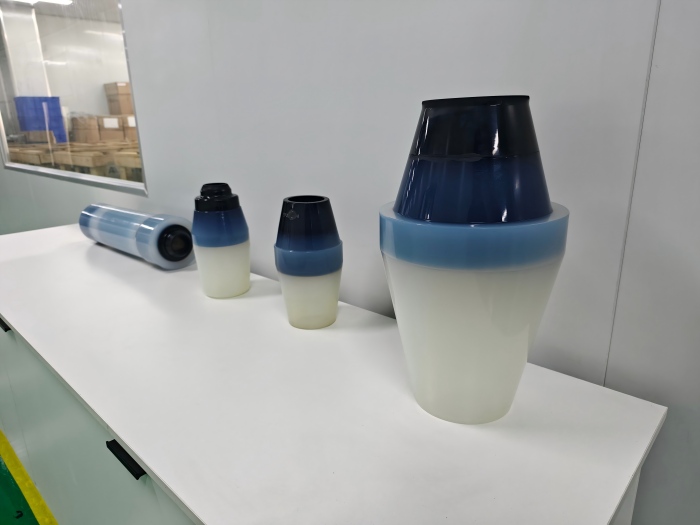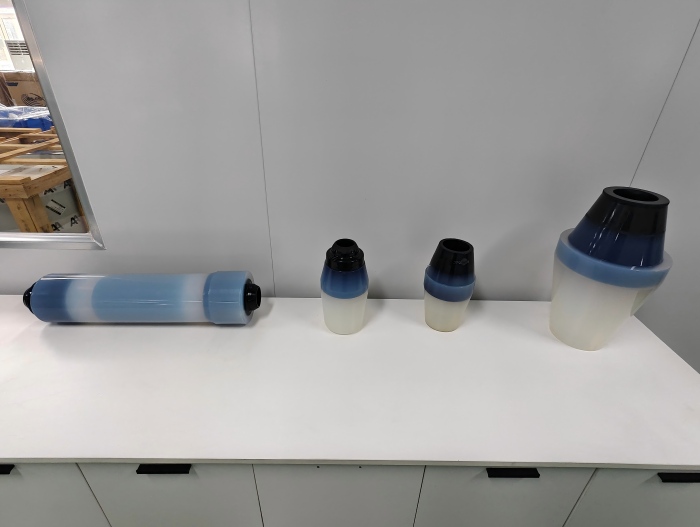
Injection-Compression Molding: Achieving Perfect Stress Cone Formation
2025-10-29 13:23In the intricate world of high-voltage cable accessories, the stress cone stands as one of the most critical components-a precisely engineered interface that manages electrical stress and prevents destructive field concentrations. While various manufacturing methods exist, injection-compression molding has emerged as the gold standard for producing stress cones with unparalleled precision and reliability. This advanced process represents the perfect marriage of material science and manufacturing technology.
The Critical Role of the Stress Cone
Before delving into the manufacturing process, it's essential to understand why stress cone perfection matters. In high-voltage systems, when a cable's semiconductor screen is terminated, electrical stress naturally concentrates at this cutoff point. The stress cone's graduated profile smoothly controls this transition, distributing electrical stress evenly to prevent partial discharge-the primary cause of long-term insulation failure. Even microscopic voids, impurities, or dimensional inaccuracies can create points of excessive stress that initiate failure mechanisms.

The Injection-Compression Process: A Delicate Balance
Traditional injection molding can introduce stresses and potential defects, while simple compression molding may lack precision. Injection-compression molding elegantly solves these challenges through a hybrid approach:
1. Precise Material Preparation: The process begins with specially formulated silicone rubber or EPDM compounds. These materials undergo rigorous quality control, as their viscosity, curing characteristics, and dielectric properties must be perfectly calibrated. The material is precisely measured to ensure consistent density and avoid deficiencies or excess.
2. Intelligent Mold Design: The mold itself represents engineering perfection. It features:
Multi-segment construction for complex stress cone geometries
Precision-ground surfaces with mirror finishes
Integrated heating systems for controlled temperature profiles
Venting channels that allow air escape while maintaining pressure
3. The Two-Stage Forming Process:
Injection Phase: The measured elastomer is injected into a slightly open mold cavity at controlled pressure and temperature. This initial injection ensures material reaches every intricate detail of the stress cone profile without trapping air.
Compression Phase: Immediately following injection, the mold closes completely with high precision, compressing the material to its final dimensions. This combination ensures perfect filling while eliminating internal stresses that could cause deformation or voids.

Why This Method Delivers Perfection
The superiority of injection-compression molding manifests in several critical aspects:
Zero Voids and Defects: The compression phase eliminates microscopic air pockets that could become initiation points for partial discharge.
Perfect Interface Formation: The process creates molecularly smooth surfaces at critical interfaces, ensuring seamless electrical transitions.
Dimensional Accuracy: Achieves tolerances within ±0.05 mm, crucial for maintaining the precise geometric profile that defines stress cone performance.
Material Integrity Preservation: Unlike traditional methods that can degrade material properties through excessive shear stress, this gentle approach maintains the elastomer's original dielectric strength.
Quality Assurance: Verifying Perfection
Every stress cone produced undergoes rigorous verification:
Laser scanning confirms dimensional accuracy against digital master models
X-ray inspection detects subsurface defects invisible to the naked eye
Partial discharge testing validates electrical performance under simulated operating conditions
Material consistency checks ensure uniform dielectric properties throughout
The Impact on Cable System Reliability
The benefits of perfectly formed stress cones extend far beyond the factory floor. In field applications, they deliver:
Consistent performance across temperature extremes from -50°C to +90°C
Elimination of premature failures that cause costly outages
Enhanced safety through reliable stress control
Injection-compression molding represents more than just a manufacturing process-it's the embodiment of precision engineering meeting high-voltage physics. By achieving stress cones of perfect form and function, this technology provides the invisible foundation that keeps our power grids reliable and safe. As cable systems evolve toward higher voltages and smarter grids, the demand for such manufacturing excellence will only grow more critical. In the silent, unseen world of electrical insulation, it's often the manufacturing details that determine the difference between decades of reliable service and catastrophic failure.
